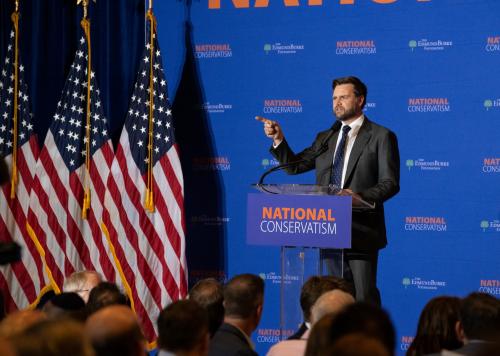As the nineteen members of the North Atlantic Treaty Organization (NATO) contemplate the future of the Alliance in the next century, they are confronted with a notable paradox. Following initial doubts and debate in the years following the cold war’s demise, it is now widely agreed that NATO is the premier security organization in Europe. In contrast to the European Union (EU), the Organization for Security Cooperation in Europe (OSCE), and even the United Nations (UN), the Atlantic Alliance is viewed by members and non-members alike as Europe’s “go-to” organization in those cases where the threat or use of force is deemed appropriate in and around Europe. NATO attained this status by outperforming the other organizations in bringing peace, albeit belatedly, to the Balkans—first in Bosnia and later in Kosovo. It also proved to be more adept at meeting the needs and aspiration of central and eastern European countries yearning to become a recognized part of the west. While the EU concentrated on expanding its membership by initially incorporating rich, formerly neutral European countries, NATO opened its doors to the east, inviting the Czech Republic, Hungary, and Poland to join while affirming that membership would remain open to all qualified European countries.
Notwithstanding NATO’s leading status today, the fundamental purpose of the Atlantic Alliance in the post-cold war world remains essentially contested. Its members—old and new alike—have yet to fully agree on what a military organization born and raised in response to an overwhelming military threat emanating from the Soviet Union ought to do now that this threat has disappeared. Should its primary purpose remain to defend the territory of its members against direct attack, which, though less likely, remains a possibility in an uncertain and unstable world? Alternatively, should the Alliance aim to extend security and stability throughout the Euro-Atlantic region, accepting new members that meet the basic standards of market democracy, the rule of law, and a commitment to resolve internal and external disputes by peaceful means? Or should NATO extend its reach both geographically and functionally, defending not just the common territory but also the common interests of the Alliance members wherever these might be threatened? Depending on how NATO’s members answer these fundamental questions about the Alliance’s purpose, specific policy decision relating to its new strategic concept, its command and force structure arrangements, and the extent of its future enlargement will necessarily differ.


